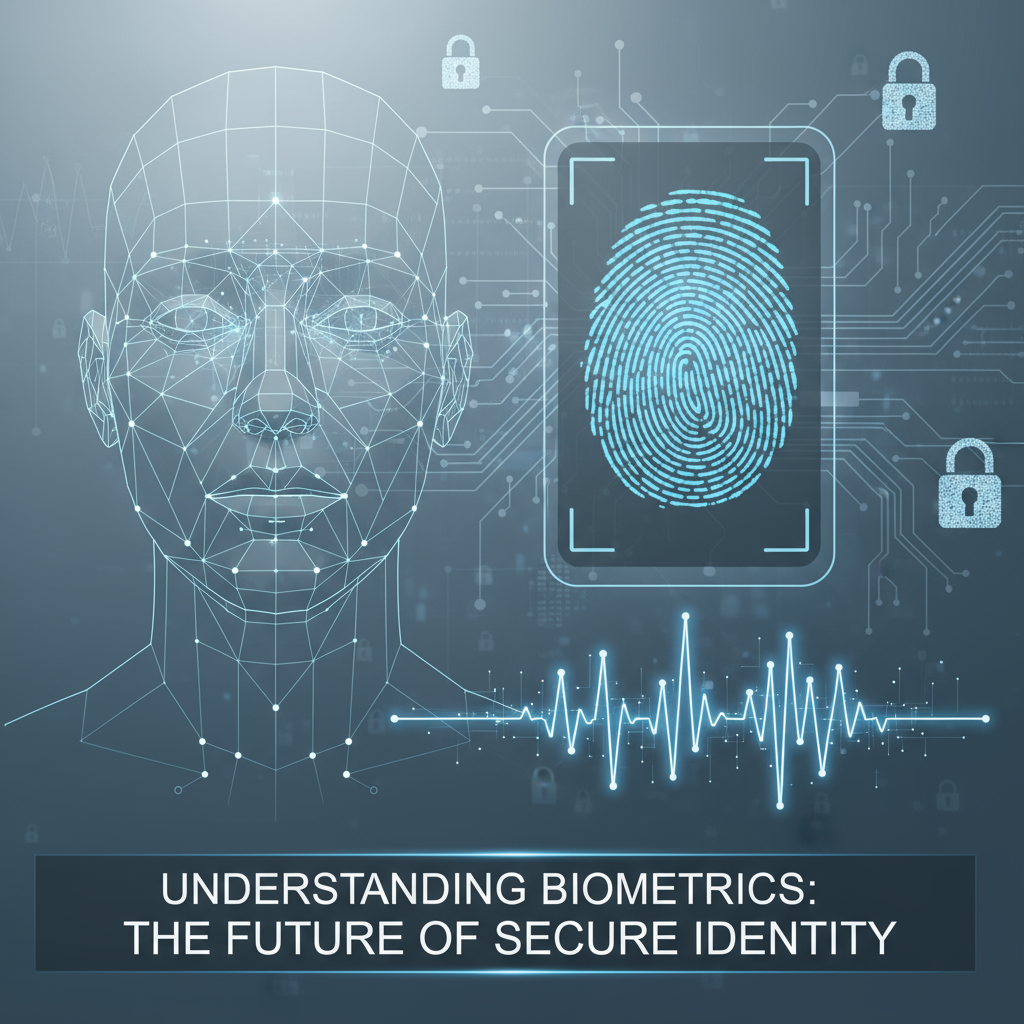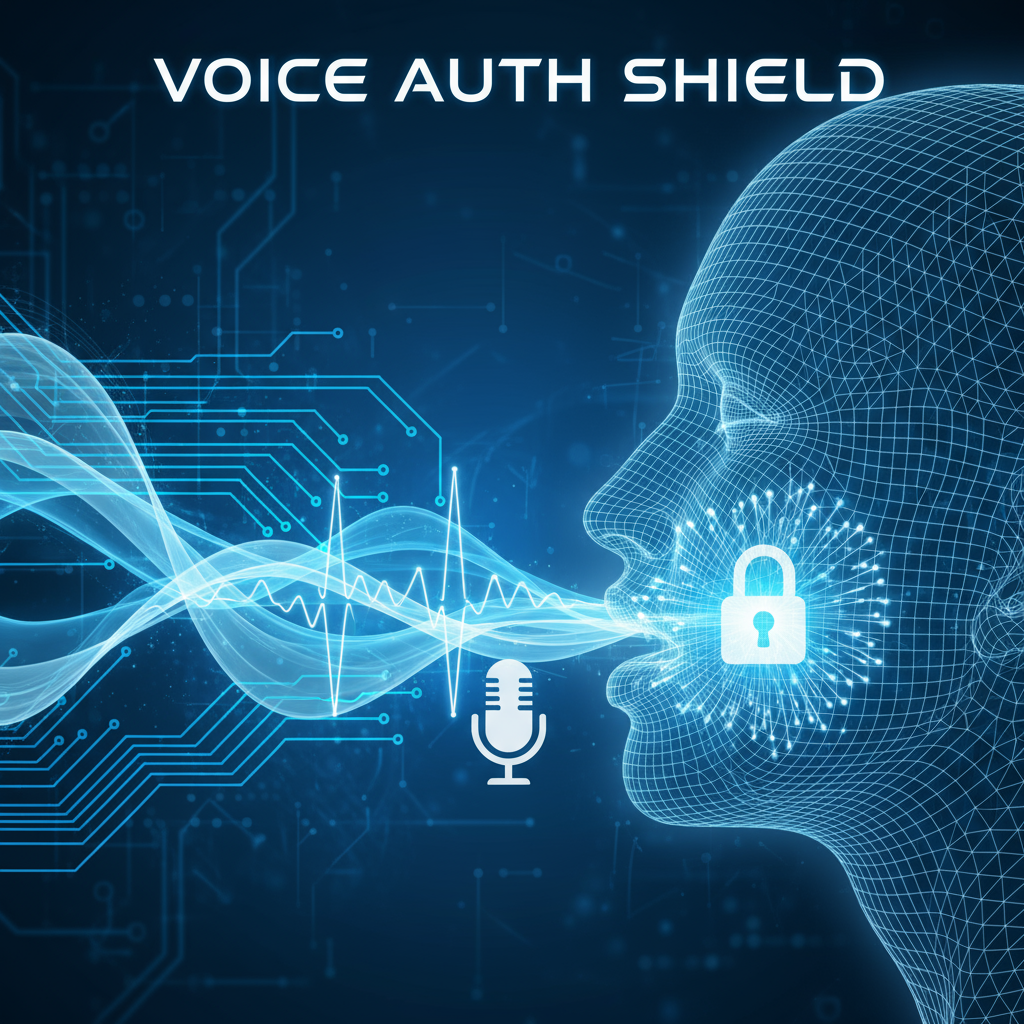In today’s digital world, protecting our online identities has become as important as locking our front doors. Think about it – we use our faces and fingerprints to unlock phones, log into banking apps, and verify our identity online dozens of times every day. But what happens when cybercriminals try to trick these systems with photos or videos? That’s where liveness detection comes to the rescue.
What Is Liveness Detection?
Imagine you’re trying to enter a secure building, and the security guard asks you to prove you’re really you – not just someone holding up your photo. Liveness detection works exactly like that digital security guard.
Liveness detection is a smart technology that makes sure the person in front of a camera or scanner is actually alive and present, not just a photo, video, or even a sophisticated mask. It’s like having a bouncer for your biometric systems who can spot fake IDs from a mile away.
Fun Fact: According to industry reports, biometric spoofing attempts have increased by over 200% in the past three years, making liveness detection more crucial than ever.
Types of Liveness Detection
Just like there are different ways to prove you’re real in person, there are two main types of liveness detection:
Active Liveness Detection
This is the “show me you’re alive” approach. The system asks you to do something – blink your eyes, smile, turn your head, or say a specific phrase. Think of it like a digital version of “Simon Says”.
Pros:
- Hard to fool with simple photos or videos
- Clear proof of human interaction
Cons:
- Can be annoying for users (imagine having to blink on command every time you unlock your phone!)
- Takes more time and effort
Passive Liveness Detection
This is the ninja approach – it works silently in the background without you even knowing. The system analyzes tiny details like how light reflects off your skin, micro-movements in your face, or the natural texture of your skin.
Pros:
- Super smooth user experience
- Works faster than active methods
- Adapts and gets smarter over time
Cons:
- More complex technology required
- Potentially easier to fool with advanced fake methods
Pro Tip: Most modern apps use passive liveness detection because it’s more user-friendly. Next time you use facial recognition, notice how you don’t need to do anything special – that’s passive detection at work!
How Does Liveness Detection Work?
Think of liveness detection as a digital detective that looks for clues that you’re real. Here’s how this digital Sherlock Holmes operates:
1. Motion Analysis
The system watches for natural, involuntary movements that are impossible to fake with a still photo. Your eyes naturally make tiny movements, your chest rises and falls as you breathe, and your face has micro-expressions even when you think you’re perfectly still.
2. 3D Depth Sensing
Just like how you can tell a painting from a real person by walking around it, liveness detection uses depth sensors to create a 3D map of your face. A photo is flat, but your real face has curves, shadows, and depth.
3. Texture Analysis
Your skin has unique patterns, pores, and natural imperfections that are nearly impossible to replicate perfectly. The system examines these tiny details that make you uniquely human.
4. Challenge-Response Tests
Sometimes the system might ask you to perform a random action, like “look left” or “say the number 47.” Since these prompts are unpredictable, pre-recorded videos can’t respond correctly.
5. AI and Machine Learning Magic
This is where things get really smart. Advanced AI algorithms can detect things invisible to the human eye – like how light bounces off real skin versus a photo, or subtle differences in how genuine voices sound compared to recordings.
Industry Insight: Modern AI-powered liveness detection can spot deepfakes and sophisticated attacks with over 99% accuracy.
Why Is Liveness Detection Important?
Stopping the Bad Guys
Fraudsters are getting creative. They’re using everything from high-resolution photos printed on curved surfaces to sophisticated 3D masks and even AI-generated deepfake videos. Without liveness detection, these attacks could succeed, leading to identity theft and financial fraud.
Building Trust in Digital Services
When you know your banking app can’t be fooled by someone holding up your photo, you feel more confident using digital services. This trust is essential as we move toward a more digital-first world.
Saving Money and Headaches
The average cost of a successful biometric spoofing attack can reach $4.24 million per incident for businesses. Liveness detection acts like an insurance policy, preventing these costly breaches.
Meeting Regulatory Standards
Many industries, especially banking and healthcare, are required by law to use strong authentication methods. Liveness detection helps companies meet these compliance requirements.
Quick Tip: If you’re a business owner, investing in liveness detection now can save you from much bigger problems (and costs) later.
Real-World Applications
Liveness detection isn’t just theoretical – it’s protecting millions of people every day:
Mobile Banking
When you log into your banking app with face recognition, liveness detection ensures it’s really you making that transfer, not someone who found your phone.
Airport Security
Advanced airports use liveness detection to verify that the person matches their passport photo, preventing identity fraud in travel.
Healthcare Apps
Telemedicine platforms use liveness detection to ensure the right patient is receiving remote consultations and prescriptions.
E-commerce
Online shopping platforms use it to prevent fraud during high-value purchases or account creation.
Conclusion
Liveness detection might sound like science fiction, but it’s already protecting millions of digital interactions every day. As we become more digital, having a reliable way to prove “I am who I say I am, and I’m really here” becomes incredibly valuable.
The next time your phone quickly recognizes your face or your banking app logs you in seamlessly, remember there’s a sophisticated digital guardian working behind the scenes, making sure you’re the real deal. In a world where cyber threats are constantly evolving, liveness detection gives us one powerful weapon to stay safe and secure.
Whether you’re a business looking to protect your customers or just someone who wants to understand the technology keeping you safe, liveness detection represents the perfect balance of security and convenience in our digital age.




